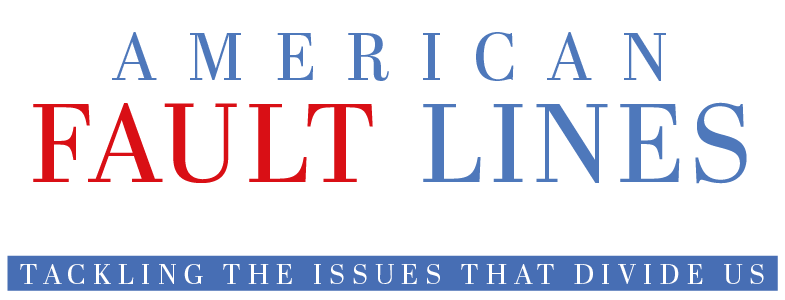Internet.com (Jan. 25, 2001)
Wireless communications have produced a revolution.
No, this isn’t another breathless report about gee-whiz products. We’re talking politics here. A real revolution. As in overthrowing a president.
It happened recently in the Philippines. Opponents of embattled President Joseph Estrada sent out text messages to hundreds of thousands of hand phones saying that if a million people gathered at the so-called “People’s Power” monument in central Manila, the army would force the president to resign.
They did, and the Philippines now has a new president.
“This modern communication is doing him a lot of harm,” <I>The New York Times</I> quoted one opposition senator as saying during the crisis.
Talk about viral marketing.
Political subterfuge is not on the agenda of this week’s first-ever general meeting of the Wireless Advertising Association (WAA). But what industry experts gathered in San Francisco <I>are</I> focusing on is how to turn that kind of potent marketing potential into real advertising dollars.
The industry, explains WAA Chairman Tim DePriest, is “beyond concepts” but providers are just “coming out of a long process of trying to organize themselves in terms of what they do with wireless content and only now freeing up some time to think about advertising.
“For all intents and purposes,” he adds, “until wireless operators get involved in delivering ads to their subscribers, the numbers [of users] are always going to be small.”
The Catch-22 is price. As long as the costs of wireless content is high, relatively few consumers will buy in. But without users, advertisers will remain scarce.
If it is Free, They Will Come
Will consumers accept ads coming at them through yet another medium? You bet – if it means the service is free. That’s the conclusion of the latest wave of wireless advertising trials.
Separate trials by wireless marketers SkyGo and WindWire found that a majority of consumers prefer an advertising-driven model for wireless services.
“What [the studies] are basically saying is that consumers in the U.S. are more than willing to exchange a little freedom in return for not having to pay for services,” explains Rachel McCauley, a senior analyst at the Kelsey Group, a research firm that is helping to evaluate the SkyGo trial, currently underway in Boulder, Co.
The studies are part of the industry’s effort to move from cutting edge concept to business reality.
Make no mistake. Wireless advertisements <I>are</I> currently being delivered. But it’s all pretty basic.
“For the state of the U.S. market, everything is still predominantly text-based,” says Howard Schwartz, CEO of ShareSpan, a company that provides wireless messaging for some 200 corporate clients. “On the bottom of the message there is an ad inserted – things like ‘Go to Mercedes.com’ – that’s how we keep the service free.”
The WAP protocol used in both the SkyGo and WindWire trials enables a slightly more sophisticated approach, allowing the use of basic graphics, audio and other enhancements, like interactive quizzes and polls, and functions that allow users to click-to-buy and click-to-visit the advertiser’s WAP site.
“We found that the advertising that is the most interactive is the kind that in this medium really seem to engage people,” reports Perry Ellison, SkyGo’s vice president of strategic alliances.
Early data from the study, which runs through the end of January and involves 1,000 consumers and about 50 advertisers, found that 60 percent of respondents said that ads delivered to their phones were valuable, and 65 percent actually used their phones to proactively visit WAP sites.
WindWire’s national trial, involving two million ad impressions, came up with a similar result.
“The overwhelming majority of consumers we surveyed responded favorably to wireless advertising by indicating their preference for free, ad-sponsored wireless content,” says David Wilson, the company’s executive vice president.
And while it shouldn’t be a huge surprise that consumers would rather put up with ads – most of which they are not even required to look at – rather than fork out money to pay for wireless services, wireless advertising evangelists argue that the opt-in nature of the medium means increased receptivity.
Getting Personal
“The important thing to keep in mind with wireless devices, is that advertising is going to be tailored,” says the Kelsey Group’s McCauley. “Users are going to pick their personalization features. It’s more of a captive audience and more of an interested audience at the same time.”
In fact, the SkyGo study has found that while participants were required to receive at least three ads a day, many chose to surf all the other ads on the system.
Still, any advertiser seriously evaluating the medium must wade through a vast amount of hype.
“Posturing Dominates Wireless Advertising Landscape,” was the headline on a Jupiter Research study of the industry last year that found the low number of interactive devices, fragmented market, small screens, lack of color and low bandwidth were all major impediments to immediate widespread adoption.
“In the short term, the real value of mobile advertising lies in the press and the research and development it can generate,” was the blistering conclusion.
But if WAA members gathered in San Francisco have anything to do with it, it won’t be long before that potential starts yielding hard cash. Industry observers predict that by mid-year, wireless advertising impressions will begin to ramp up to what DePriest calls “somewhat of a meaningful level.”
And who knows, the next time there’s a revolution, maybe you, too, will get a wireless invitation.
Next week: If you thought counting eyeballs on the Web was hard, try wireless


